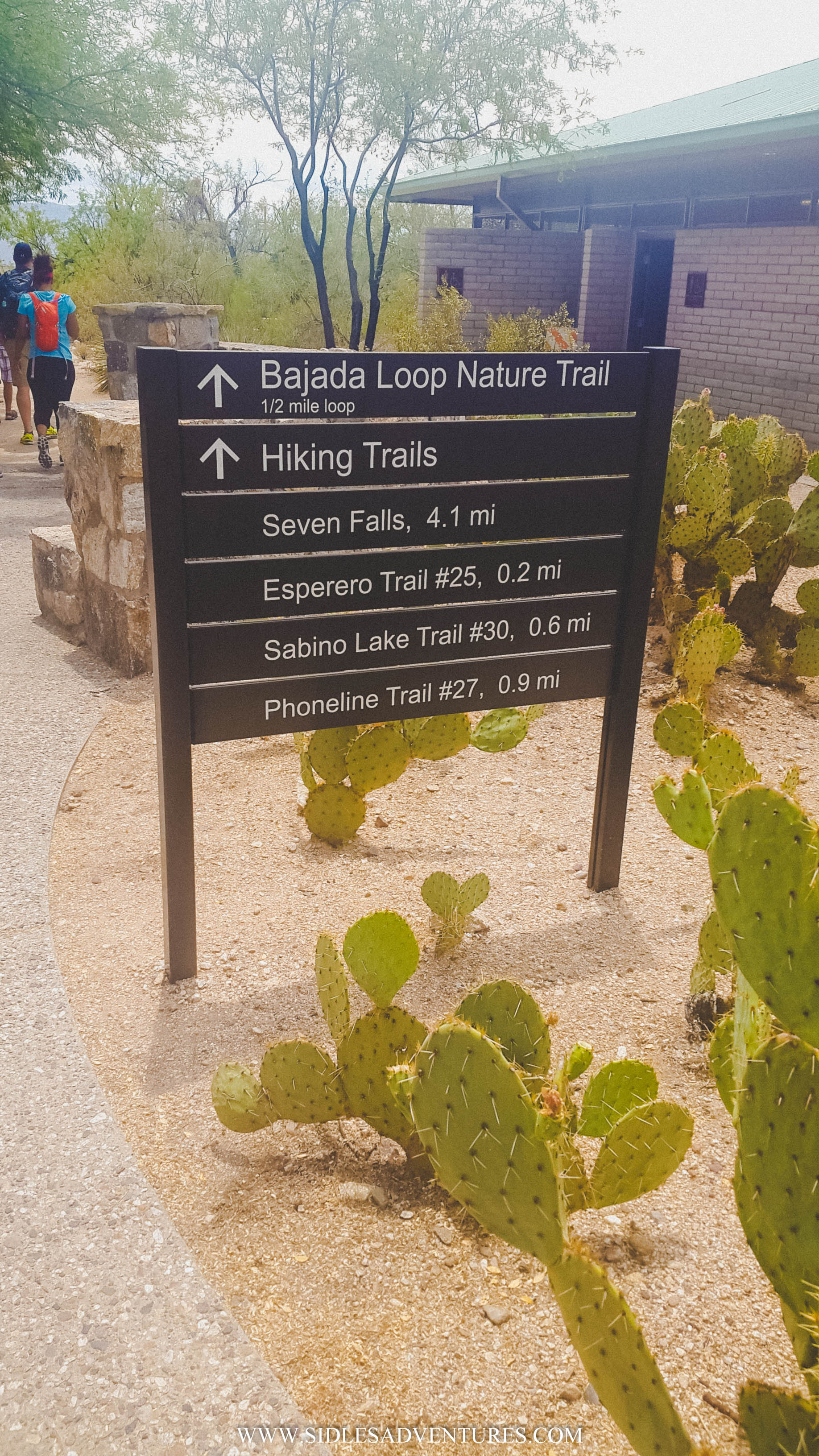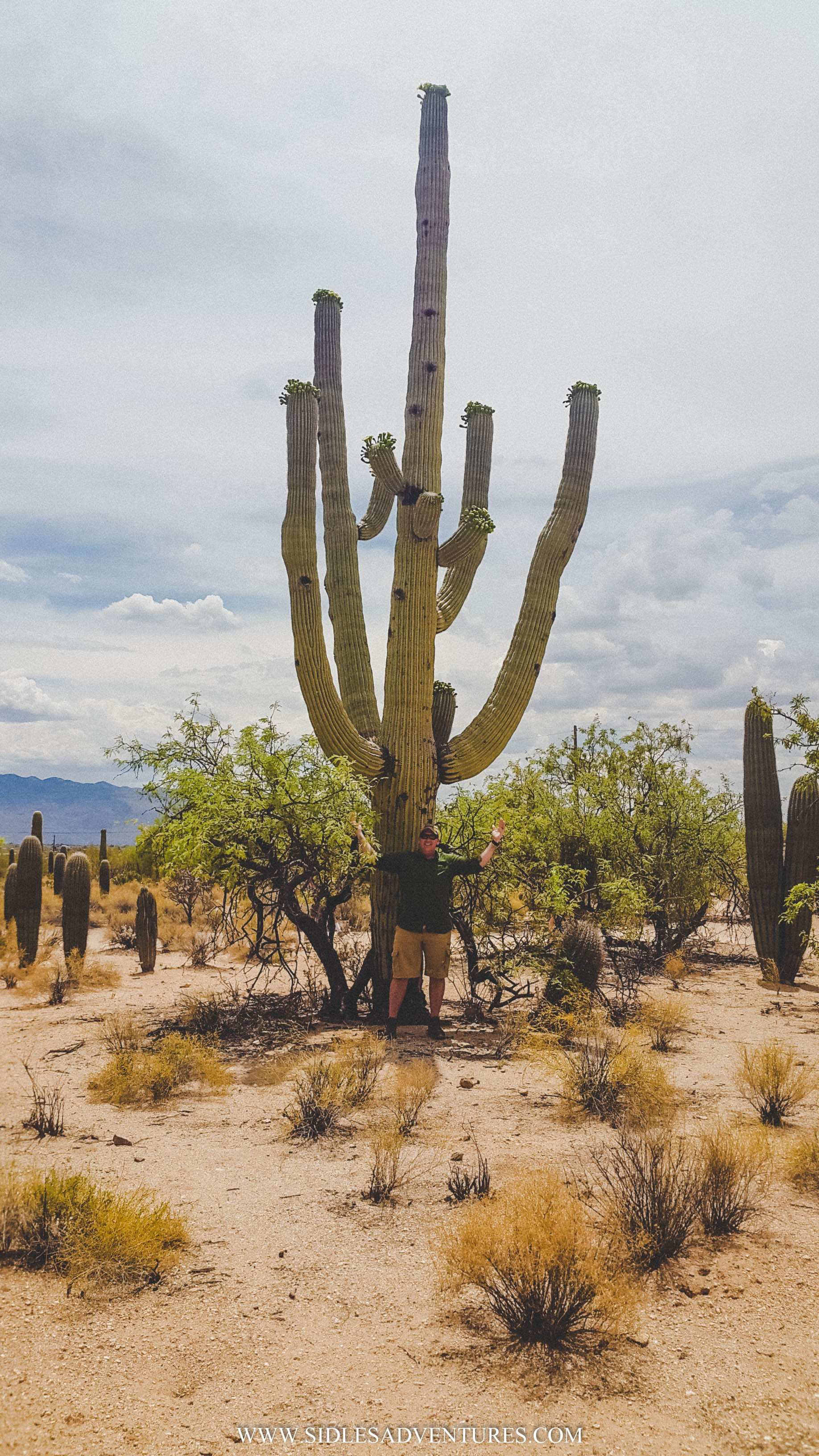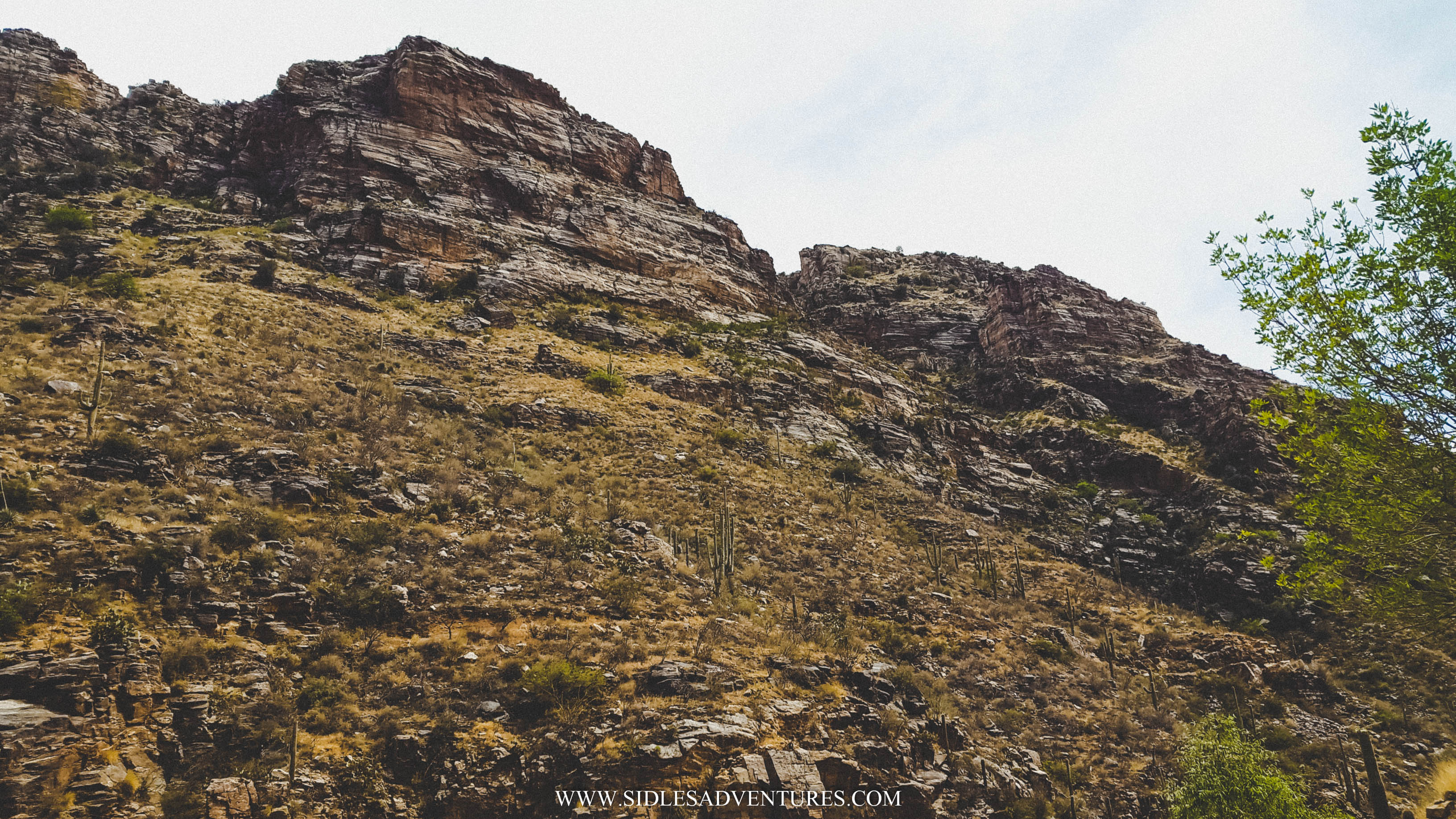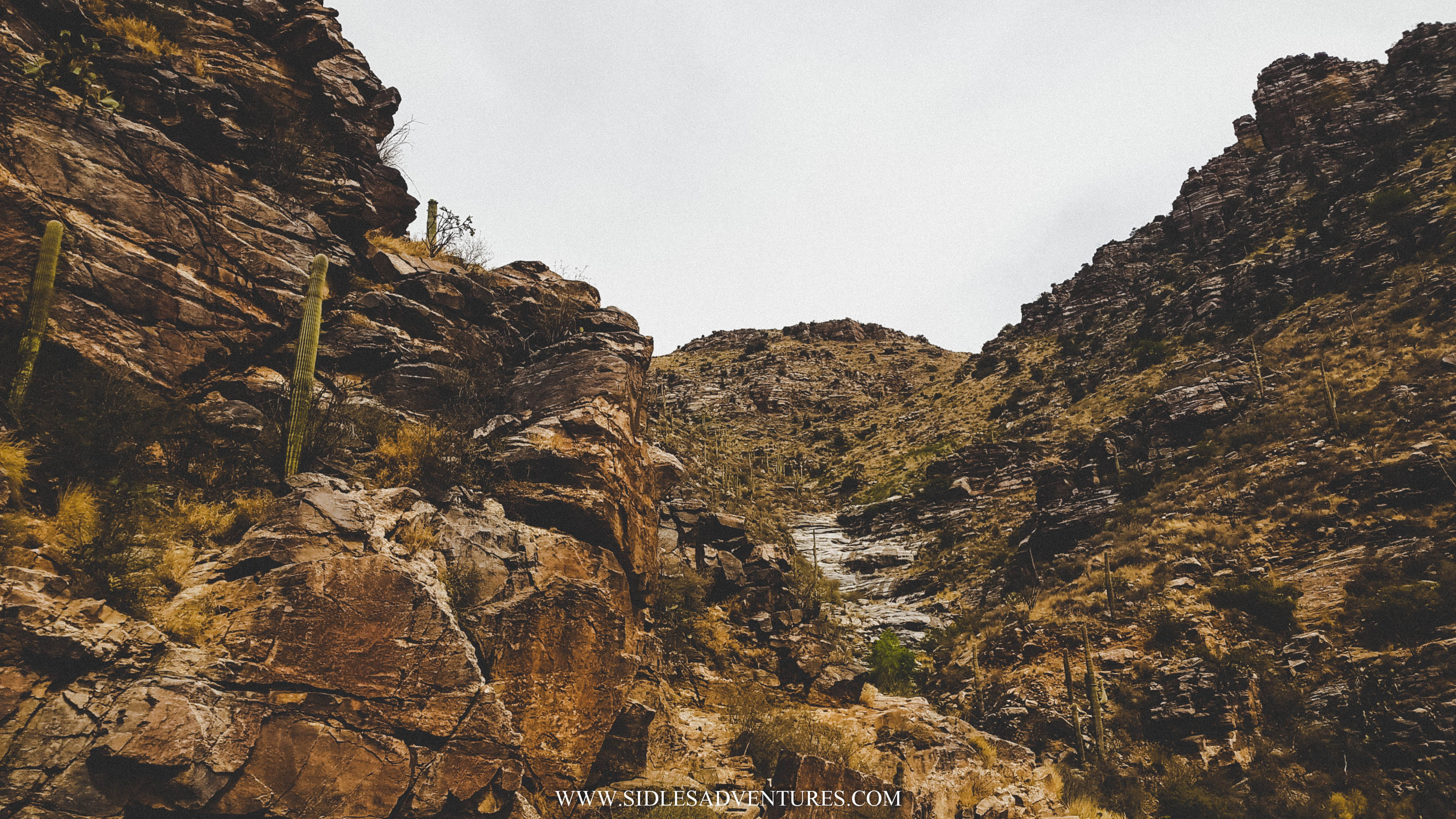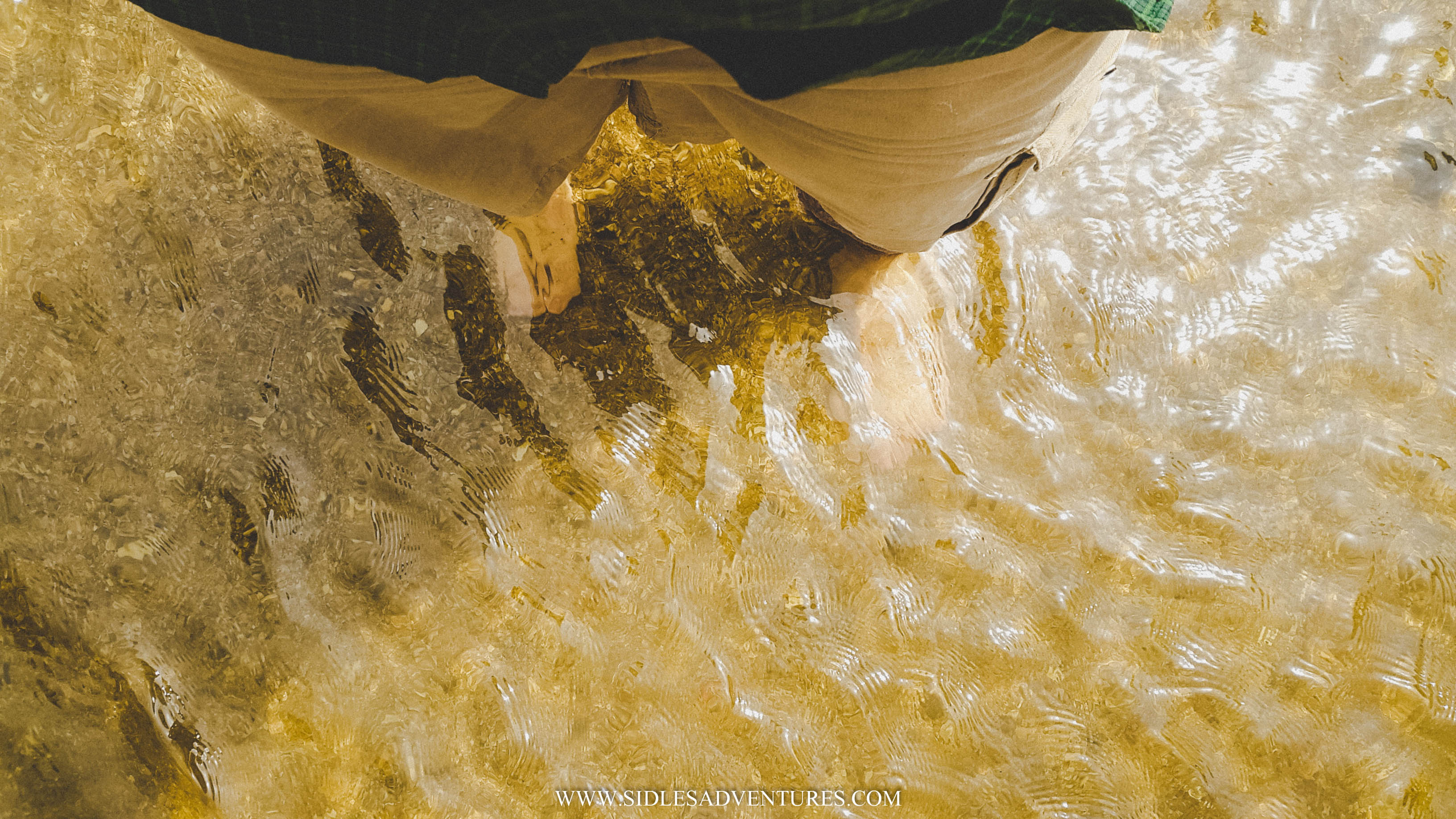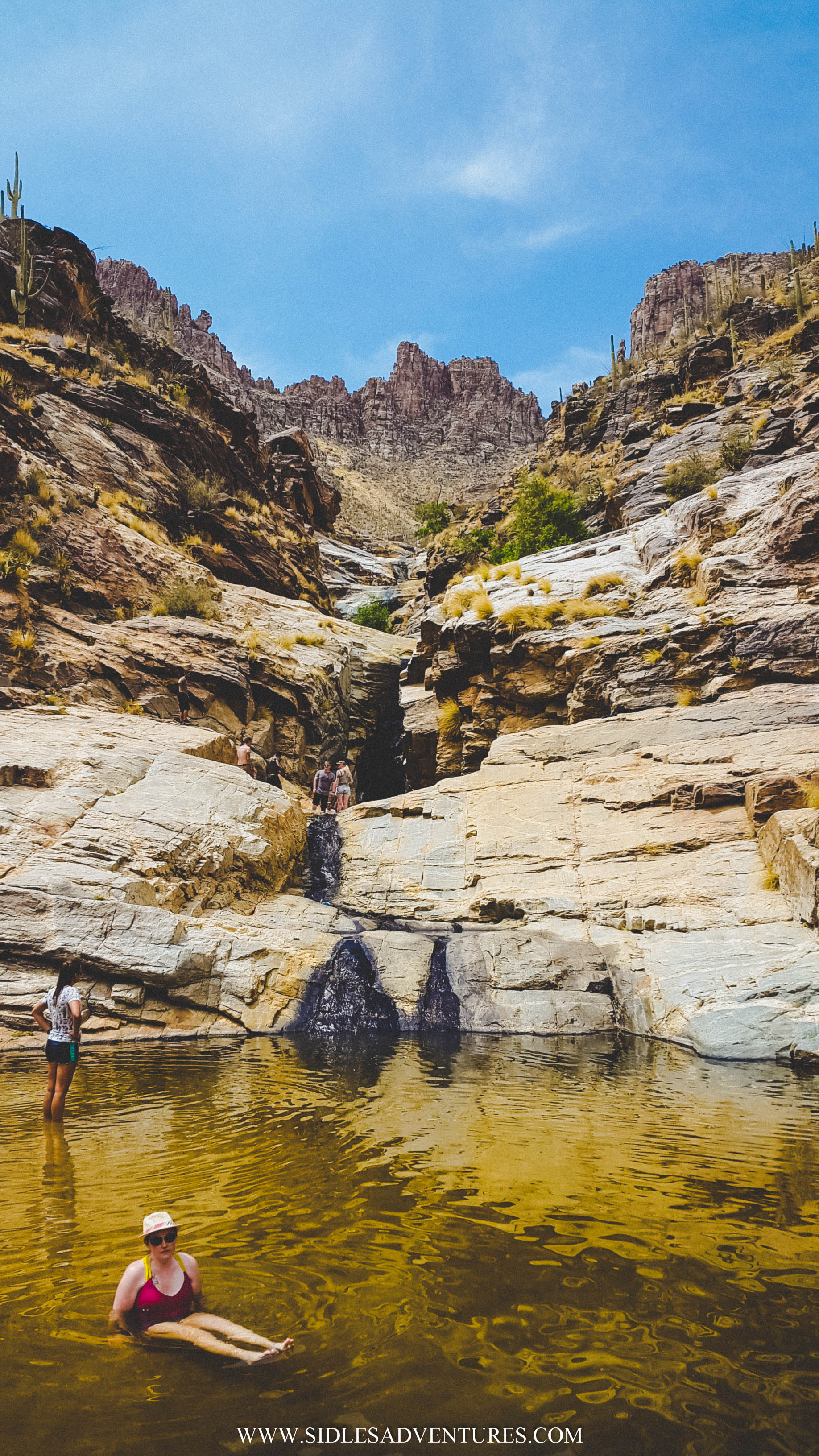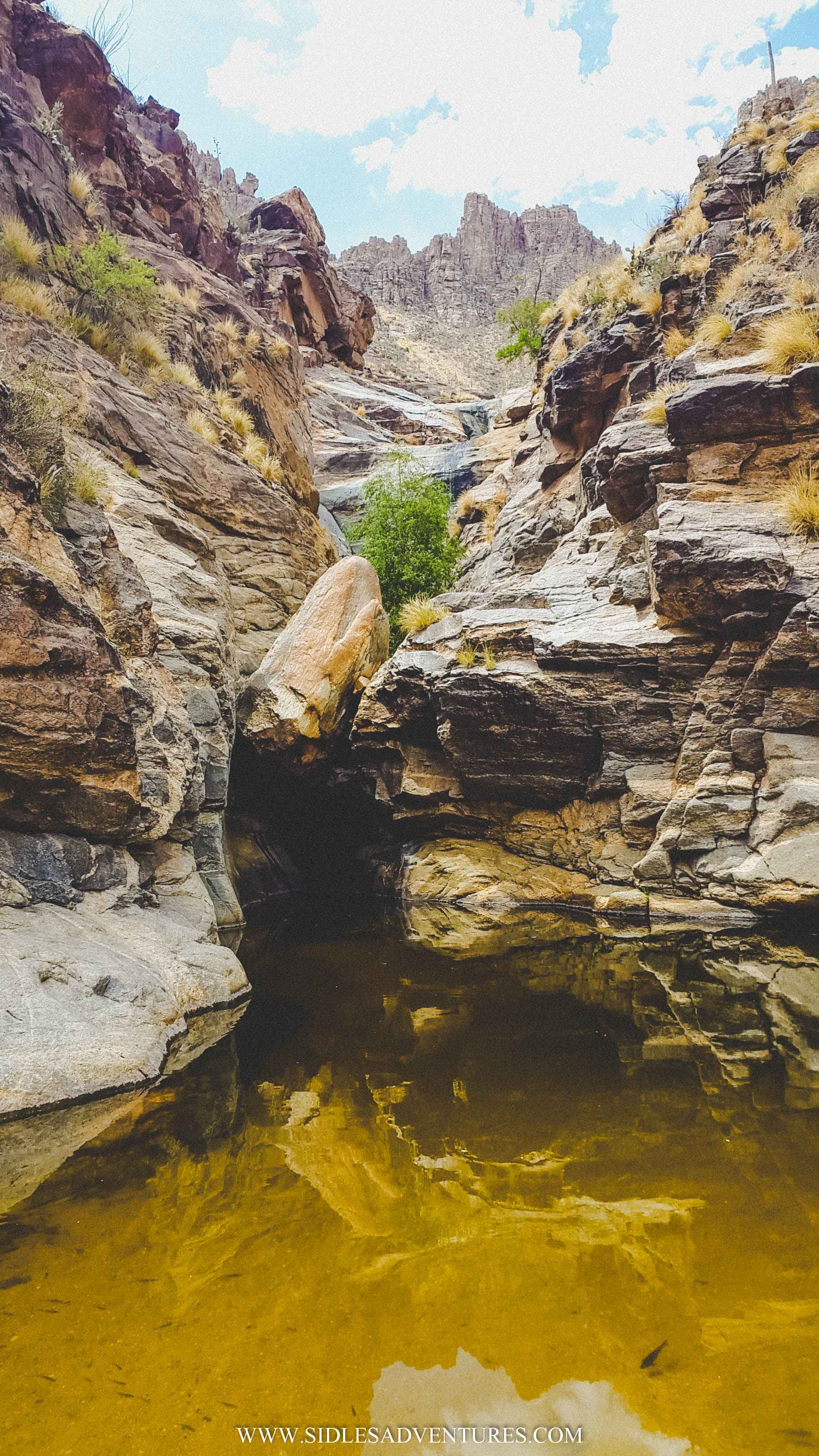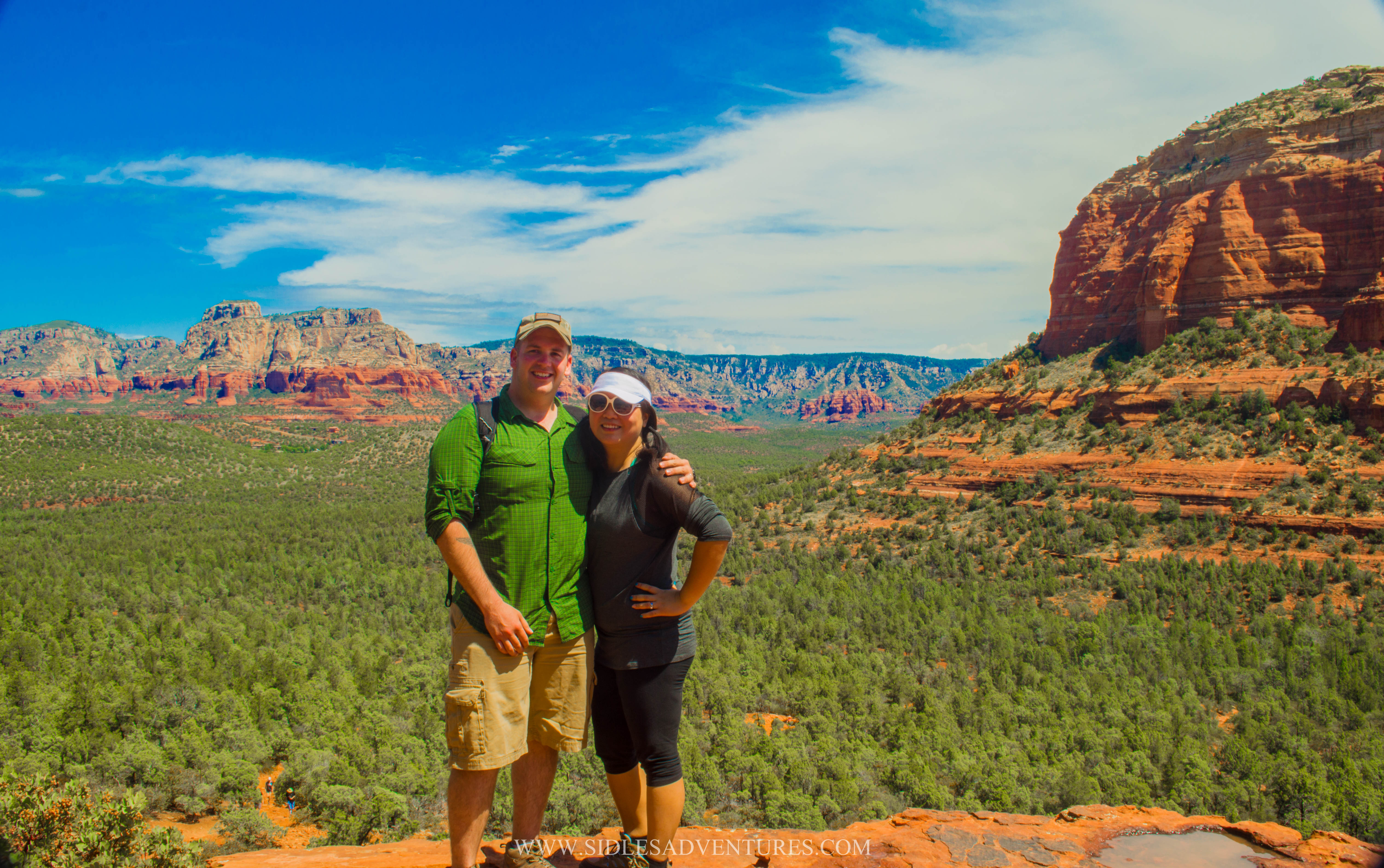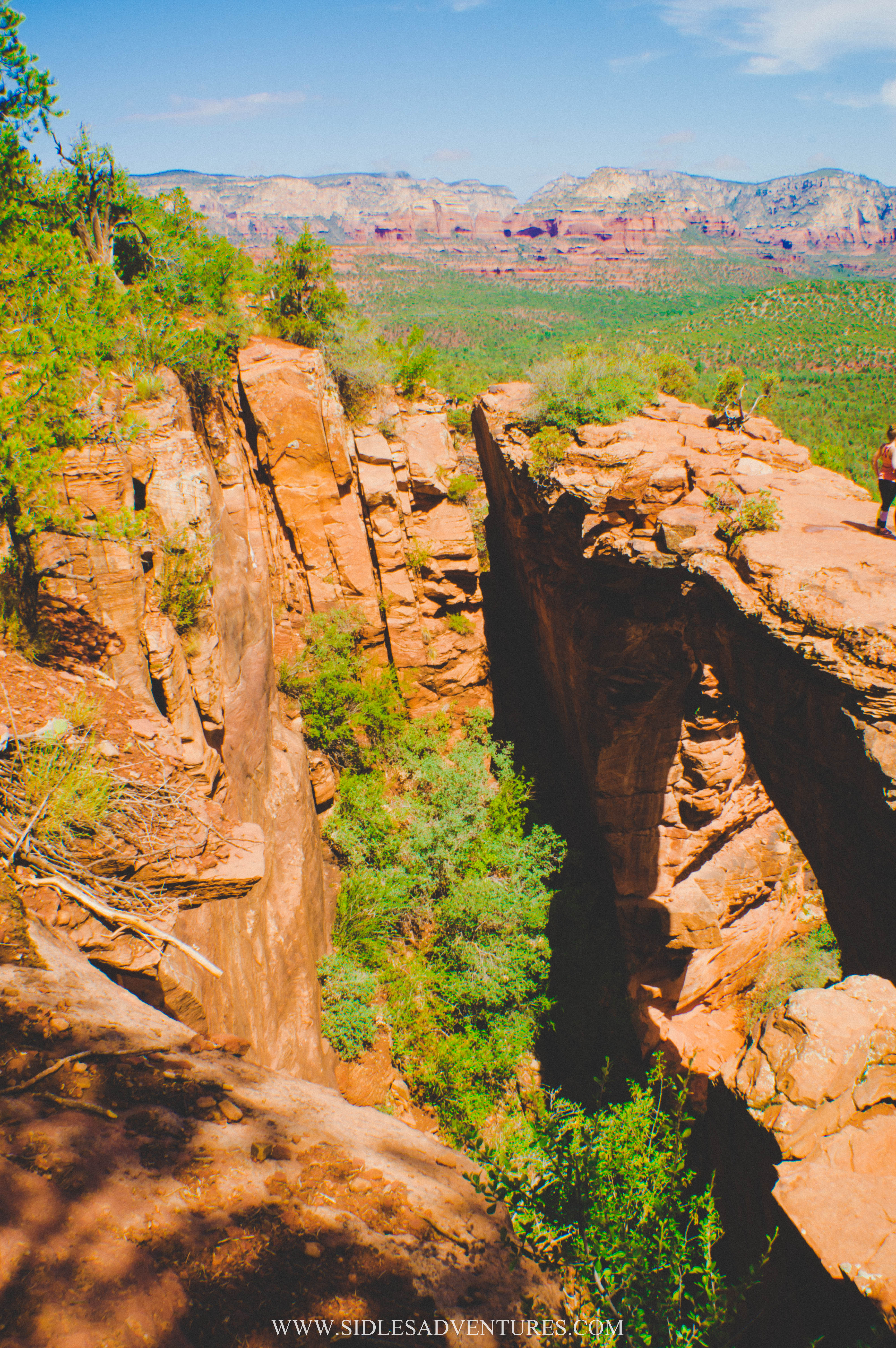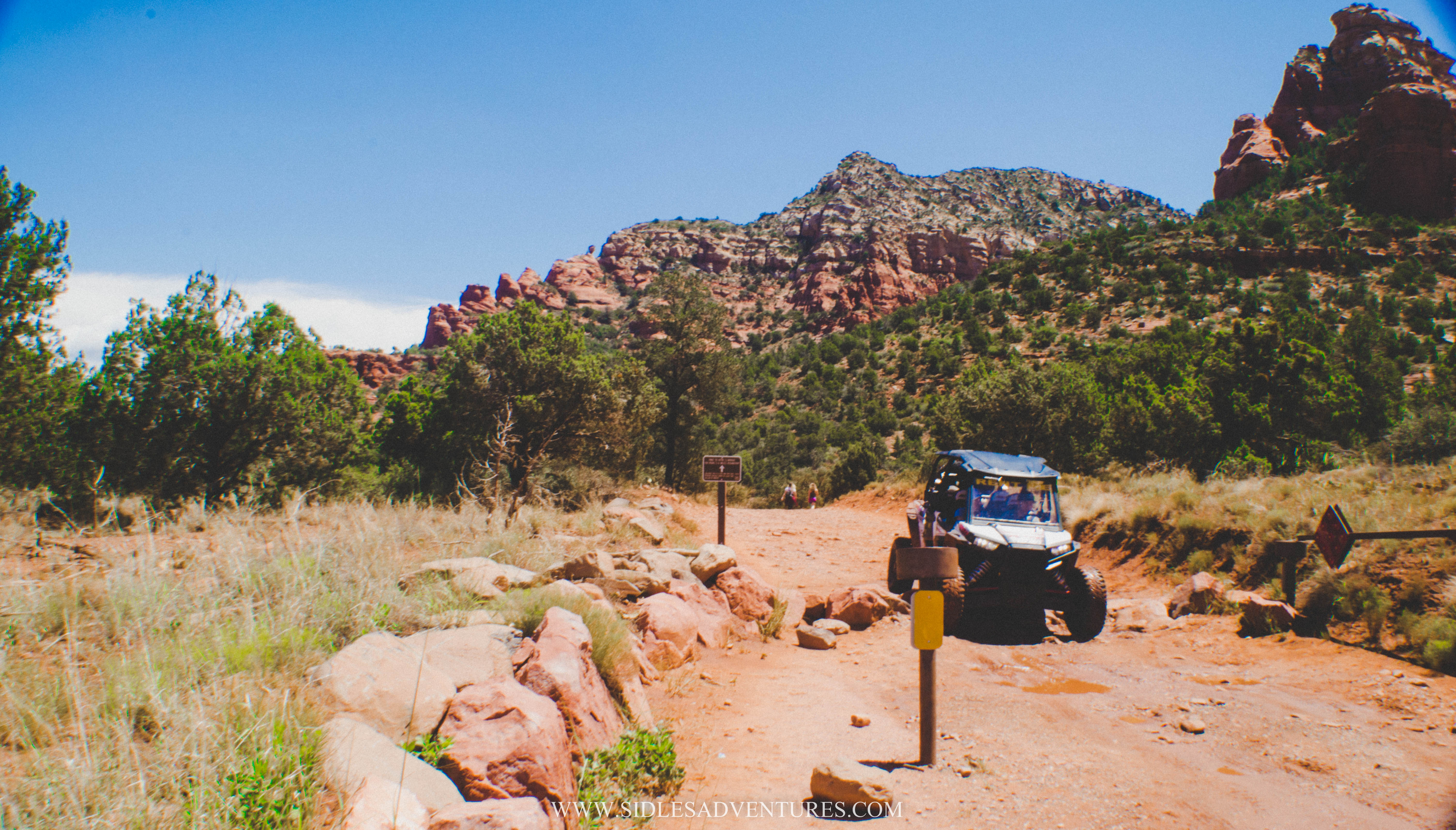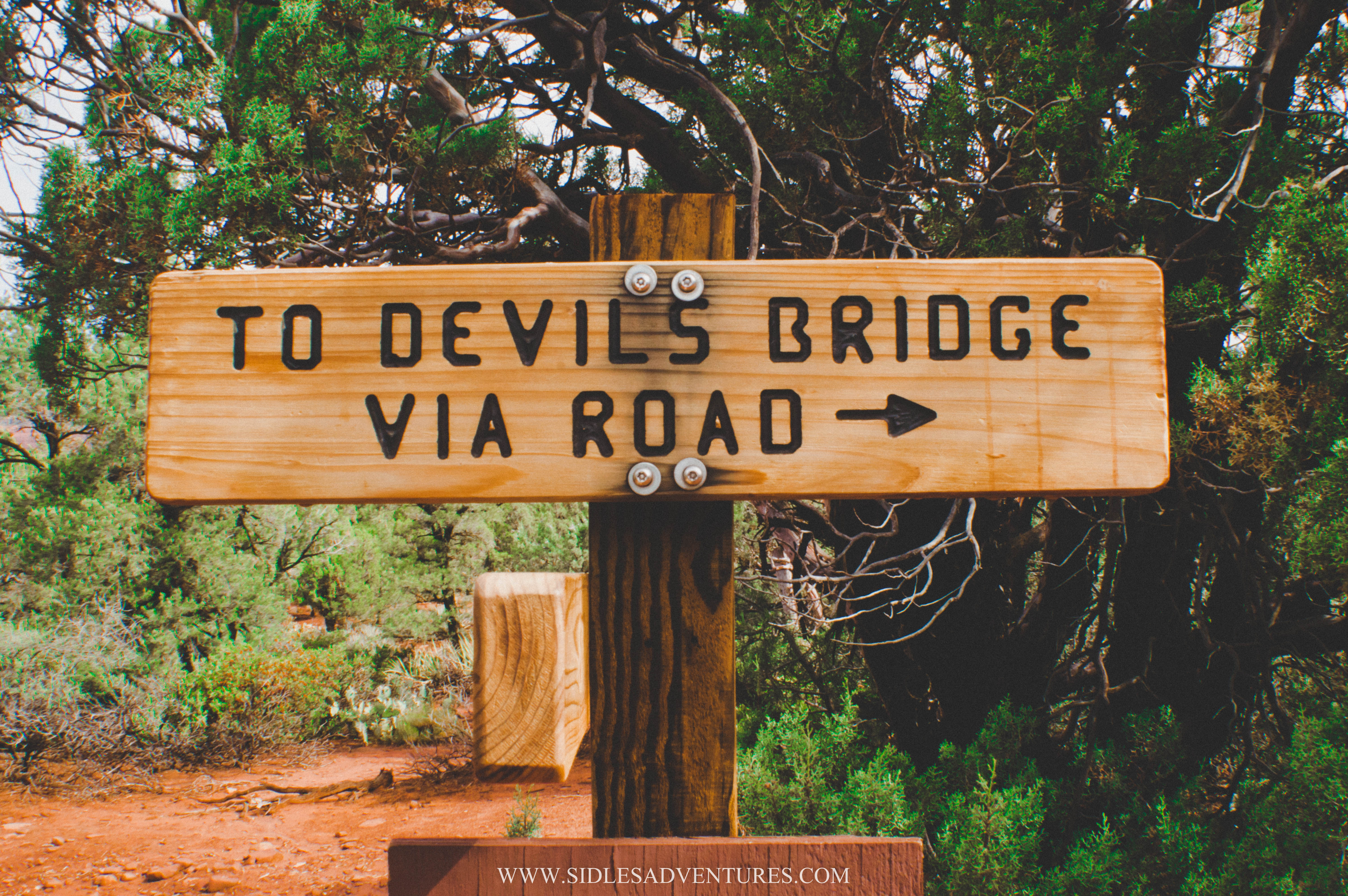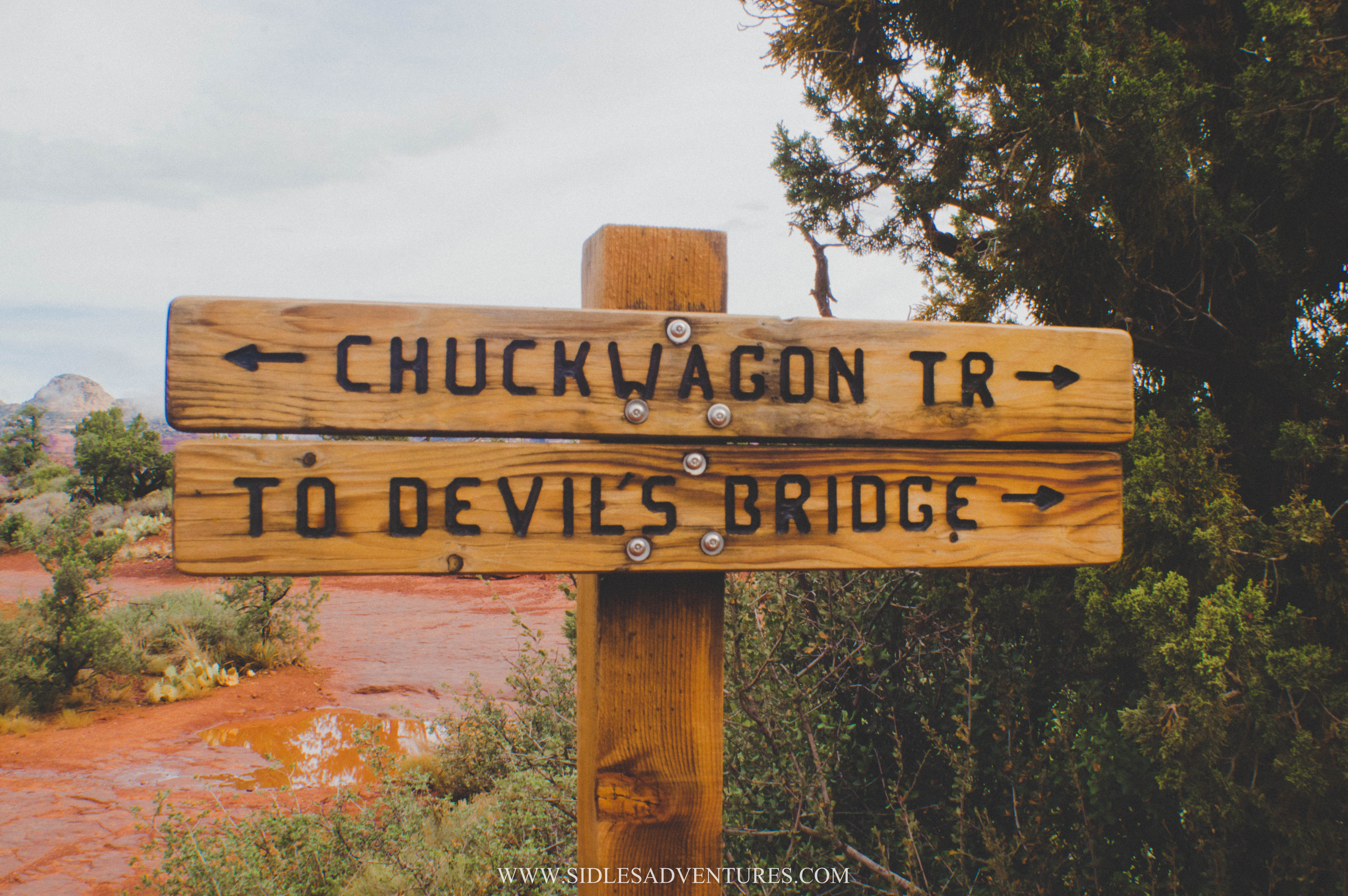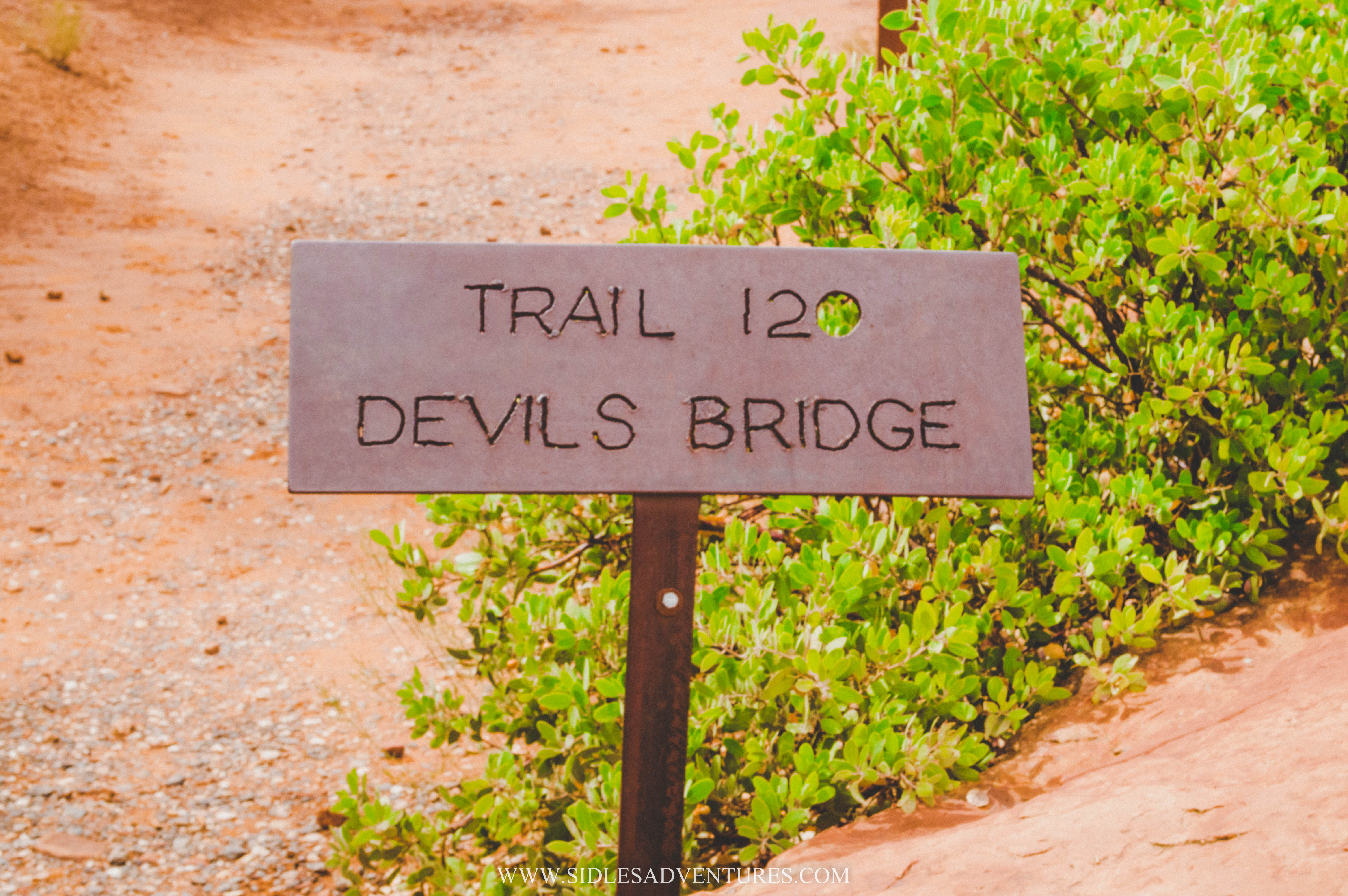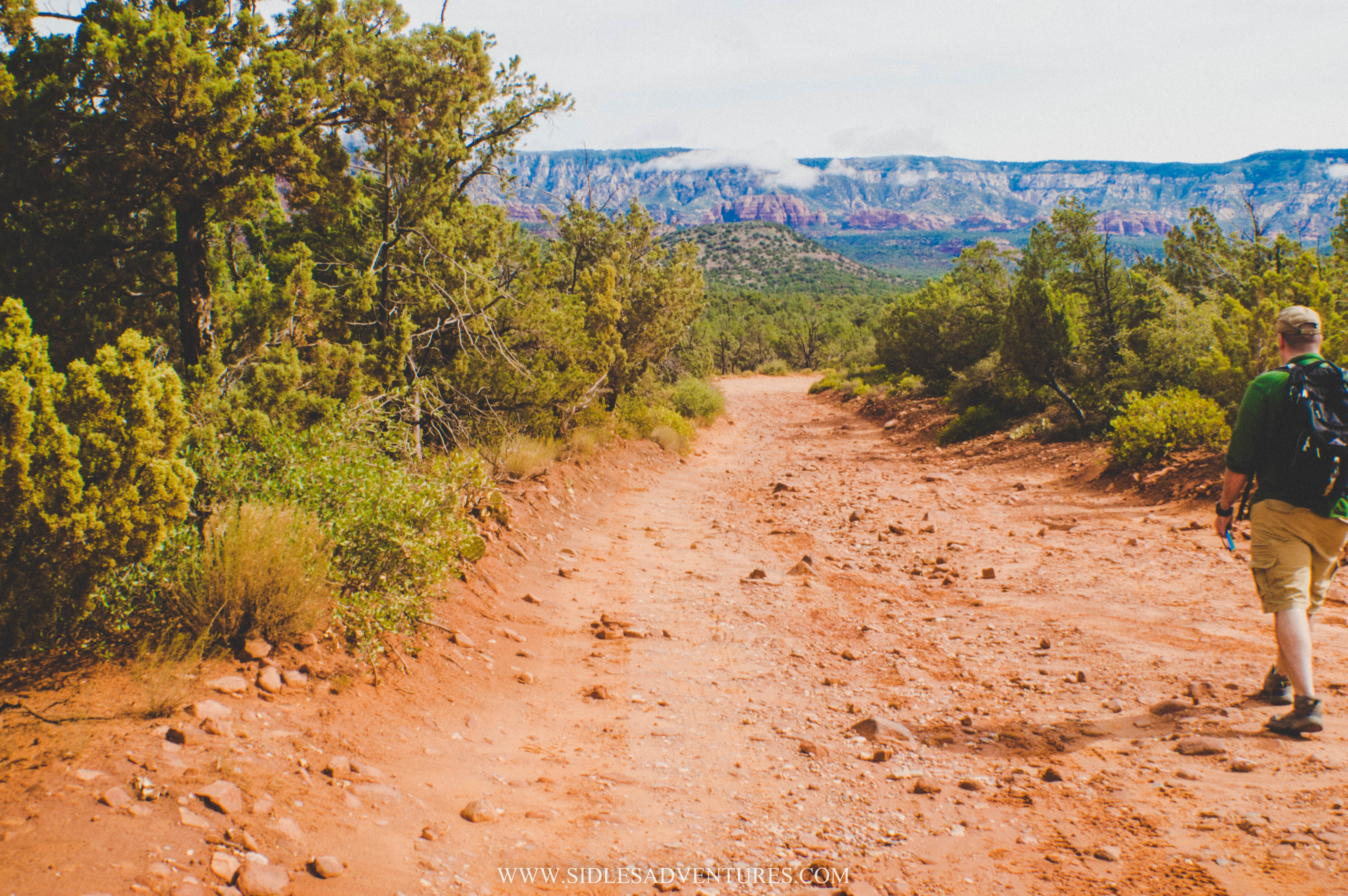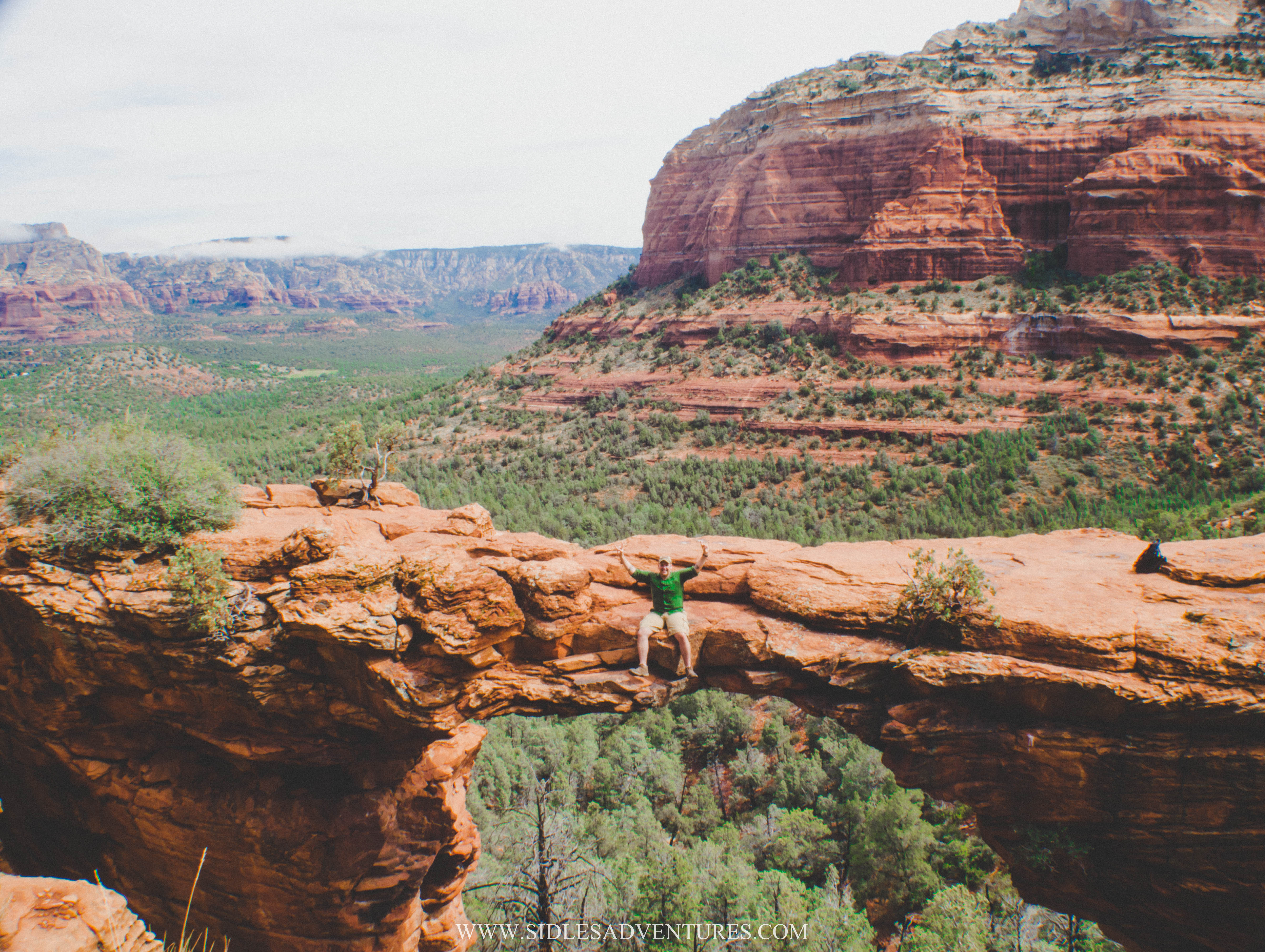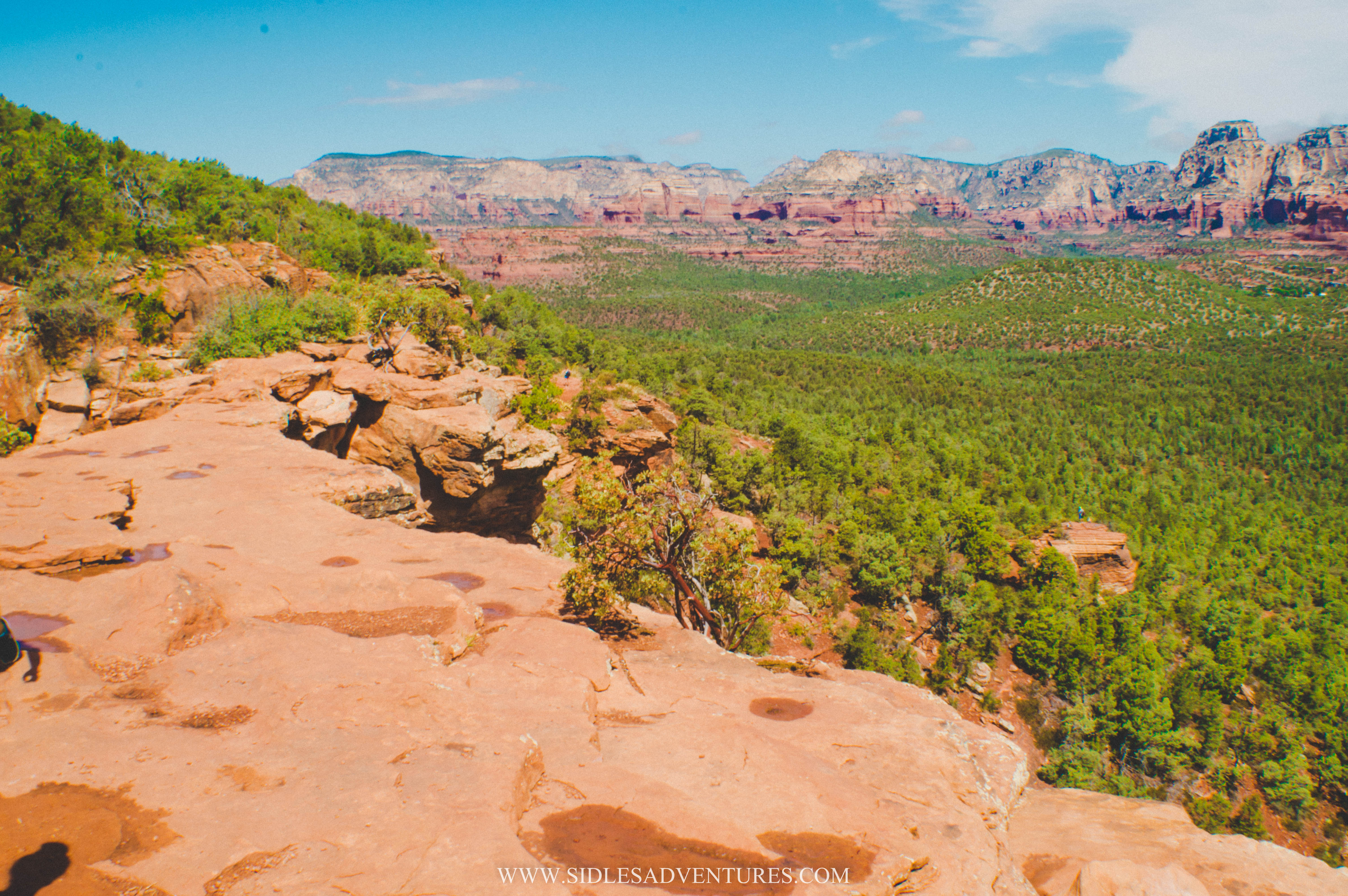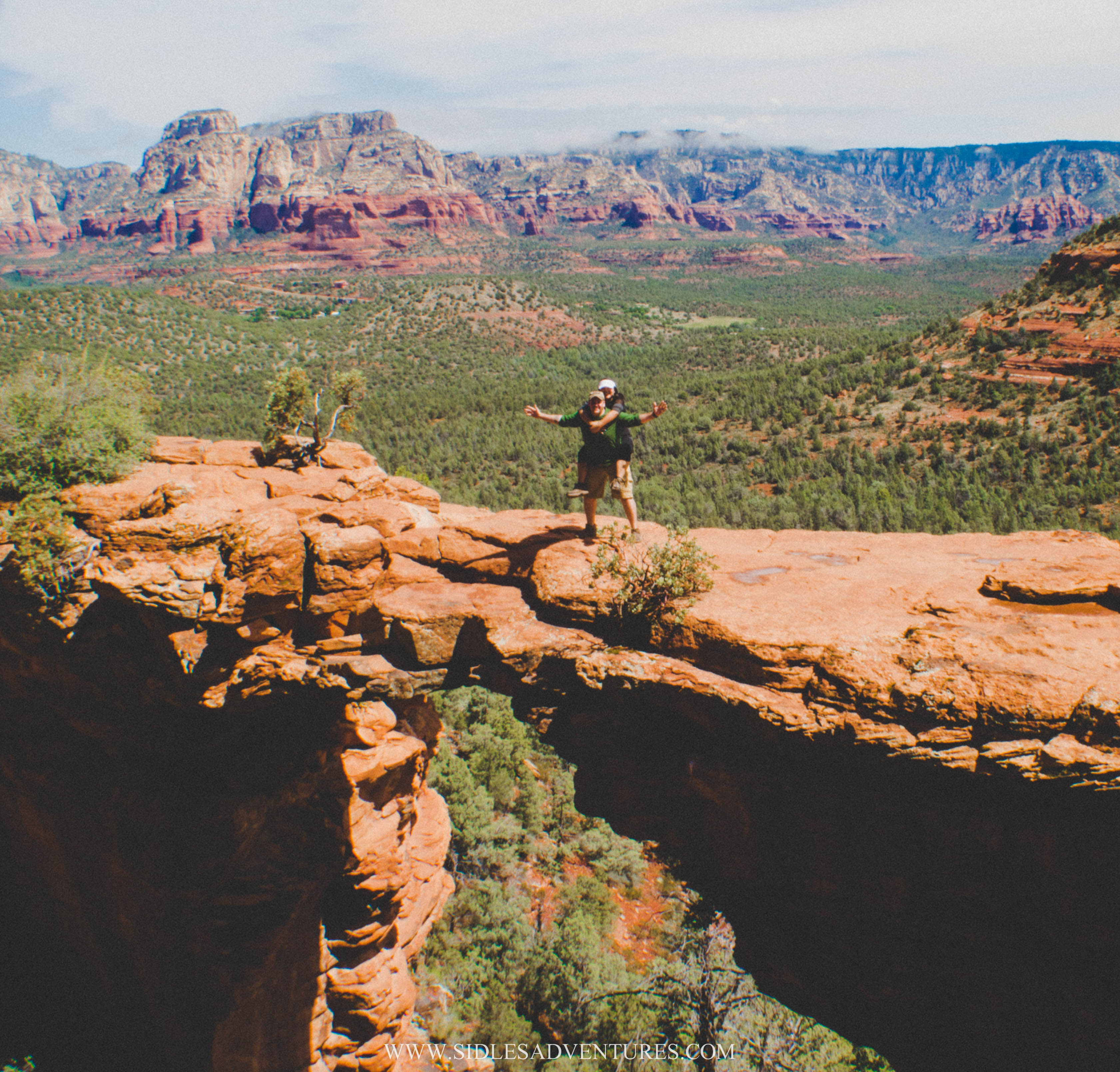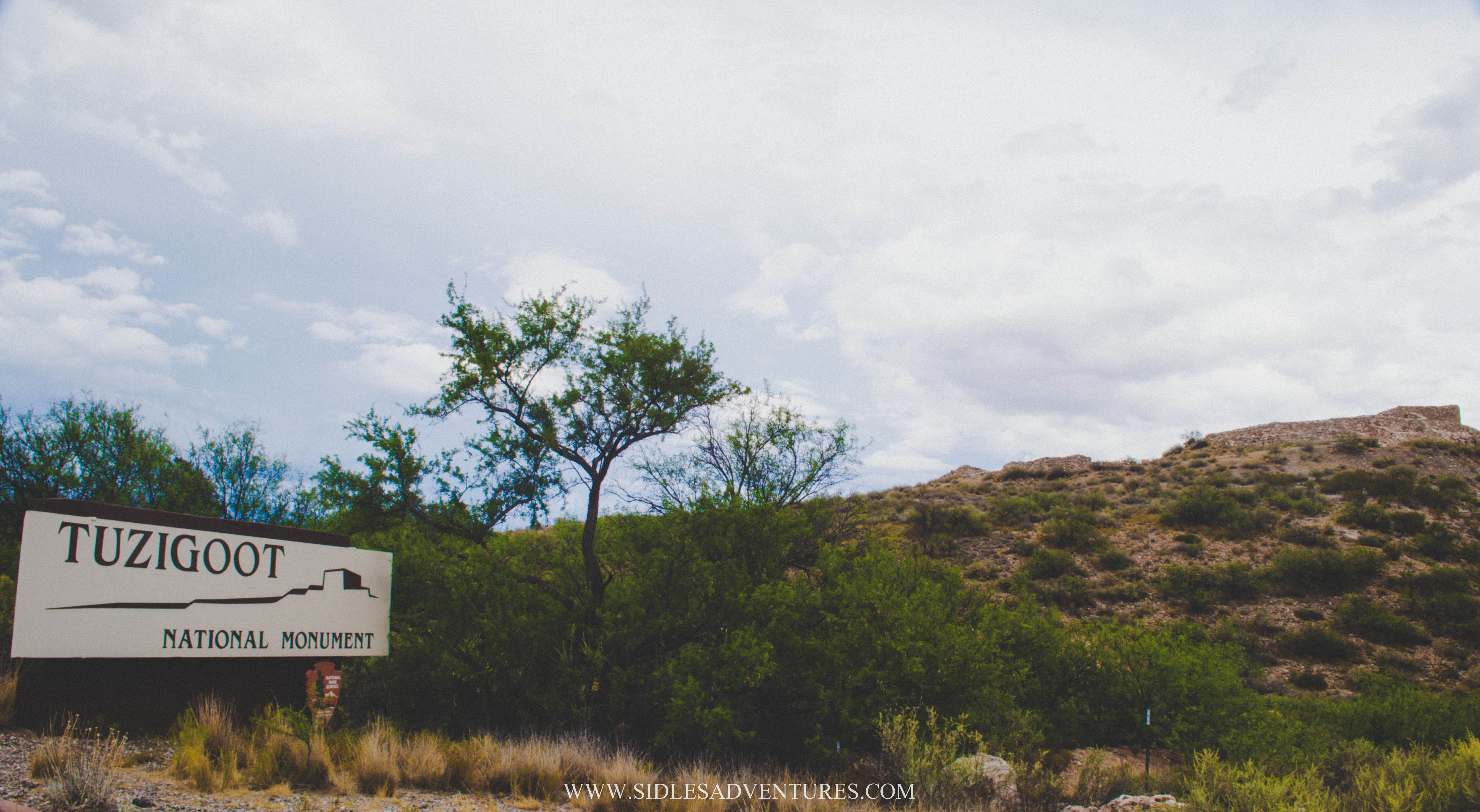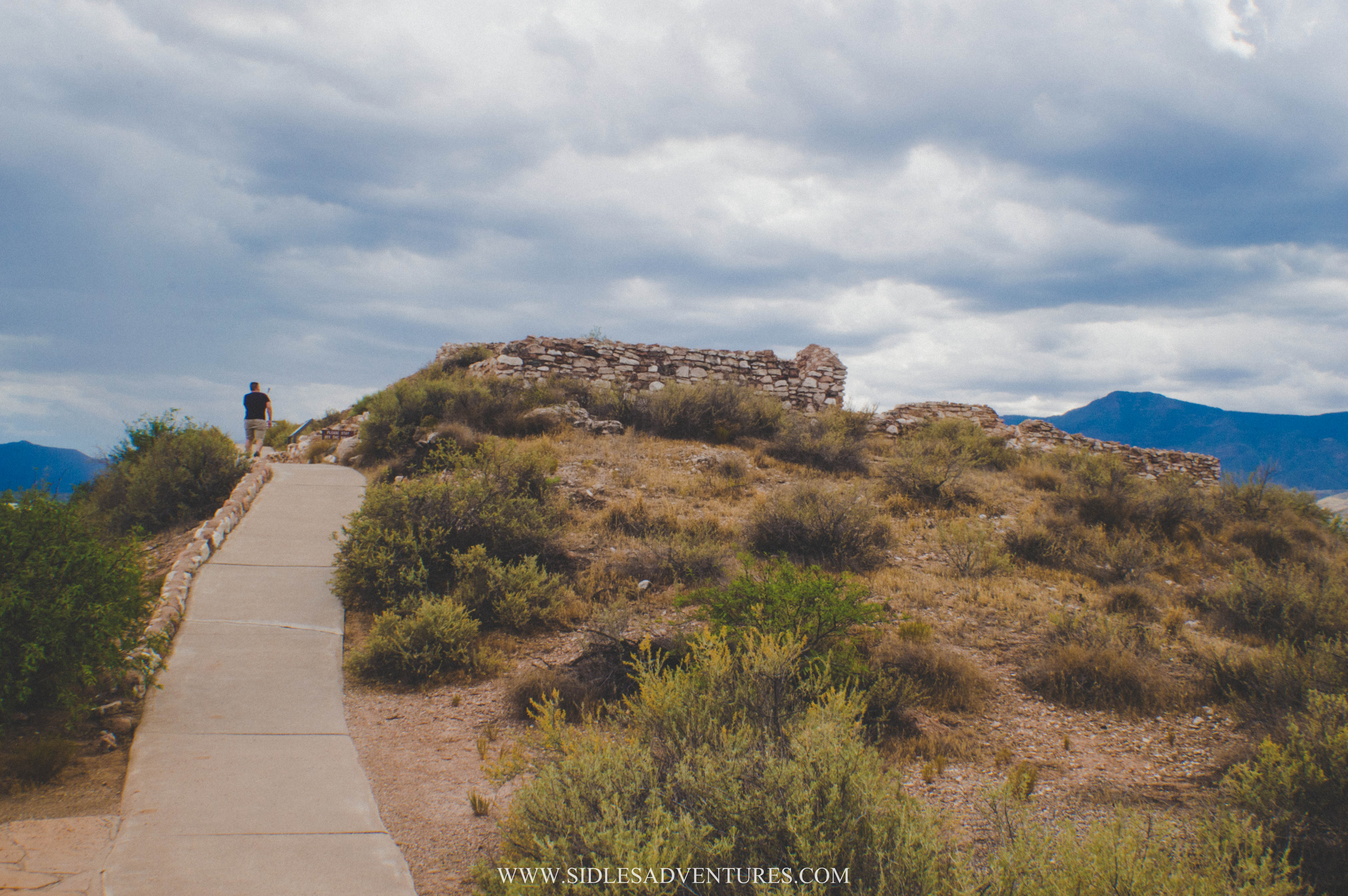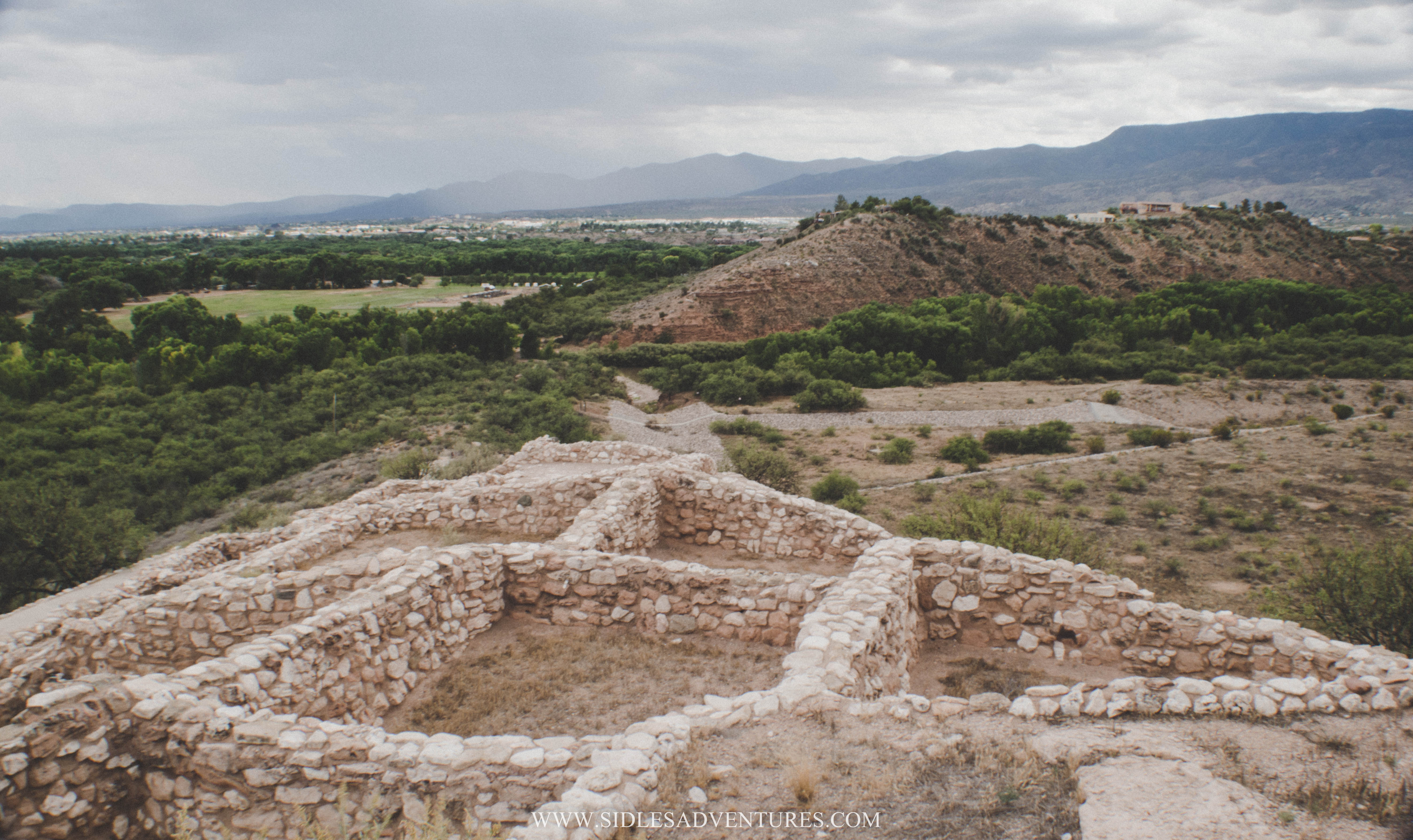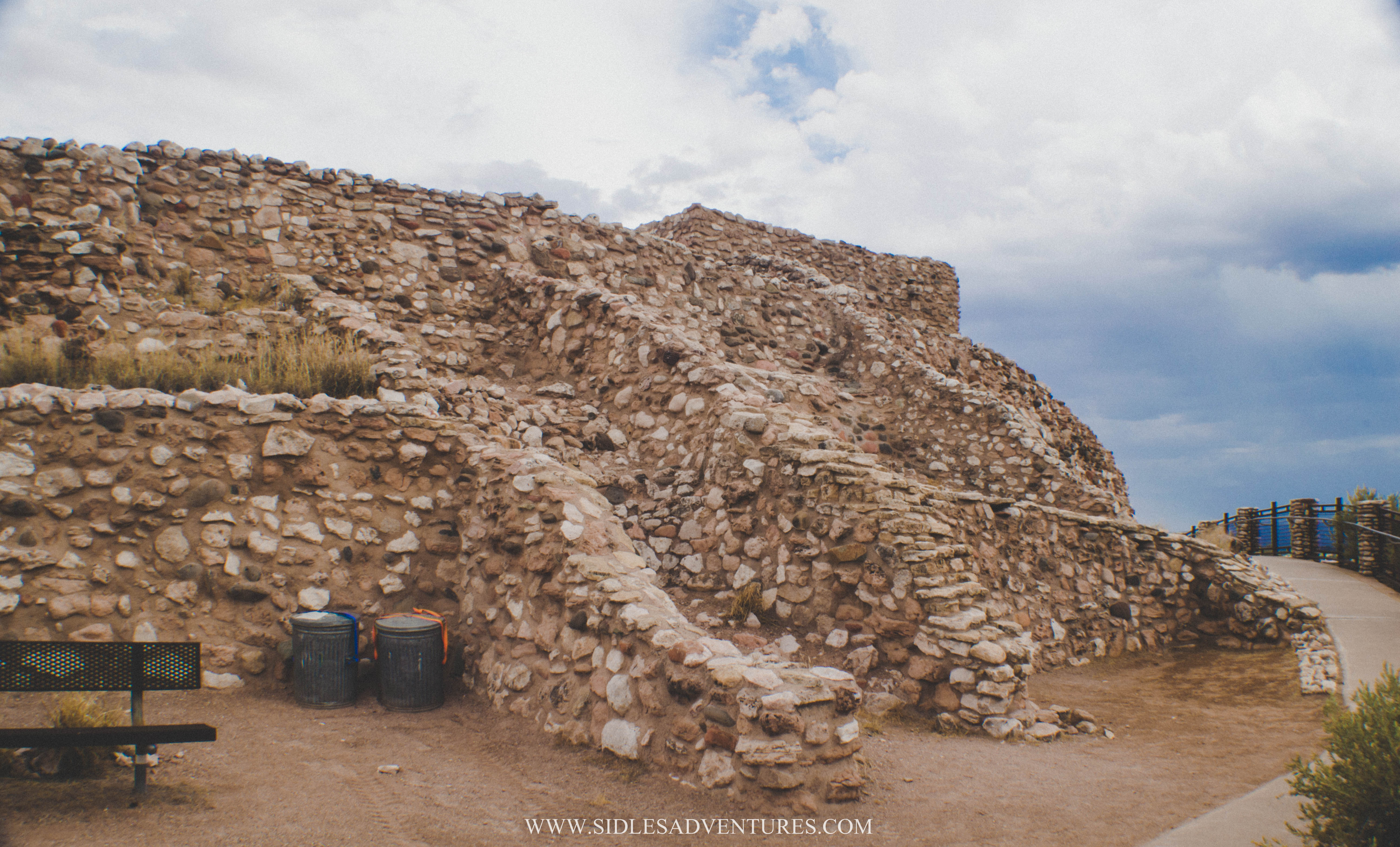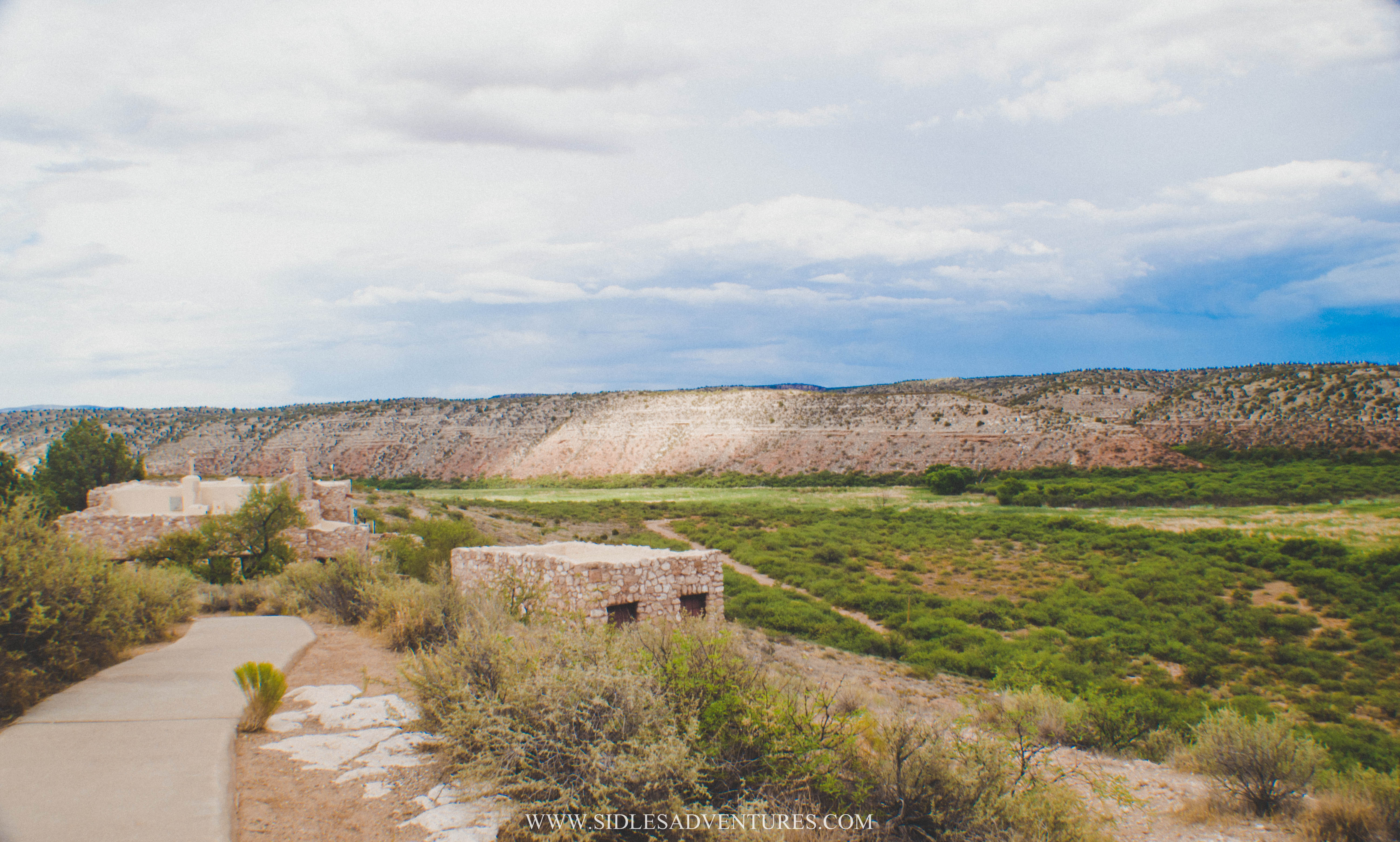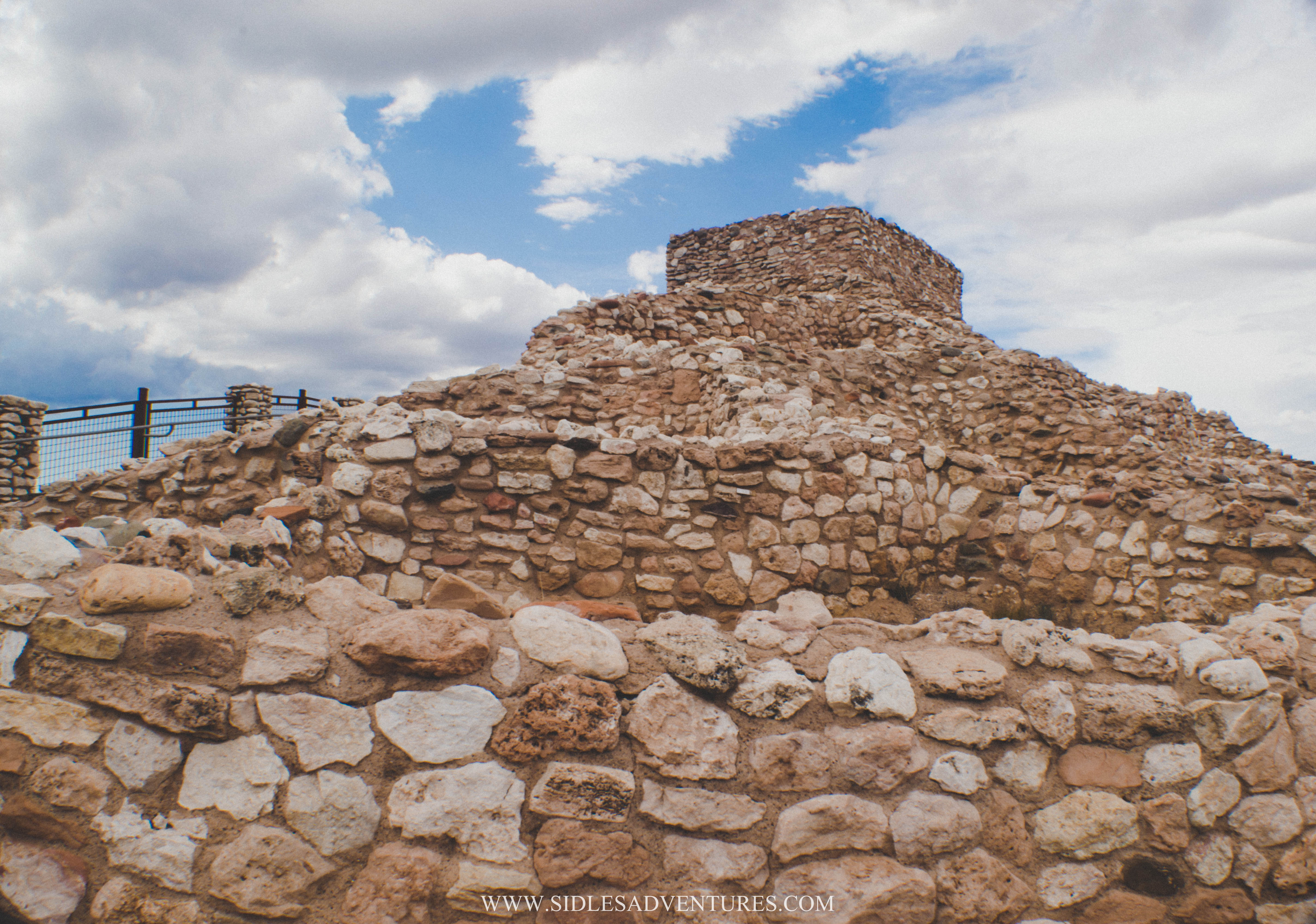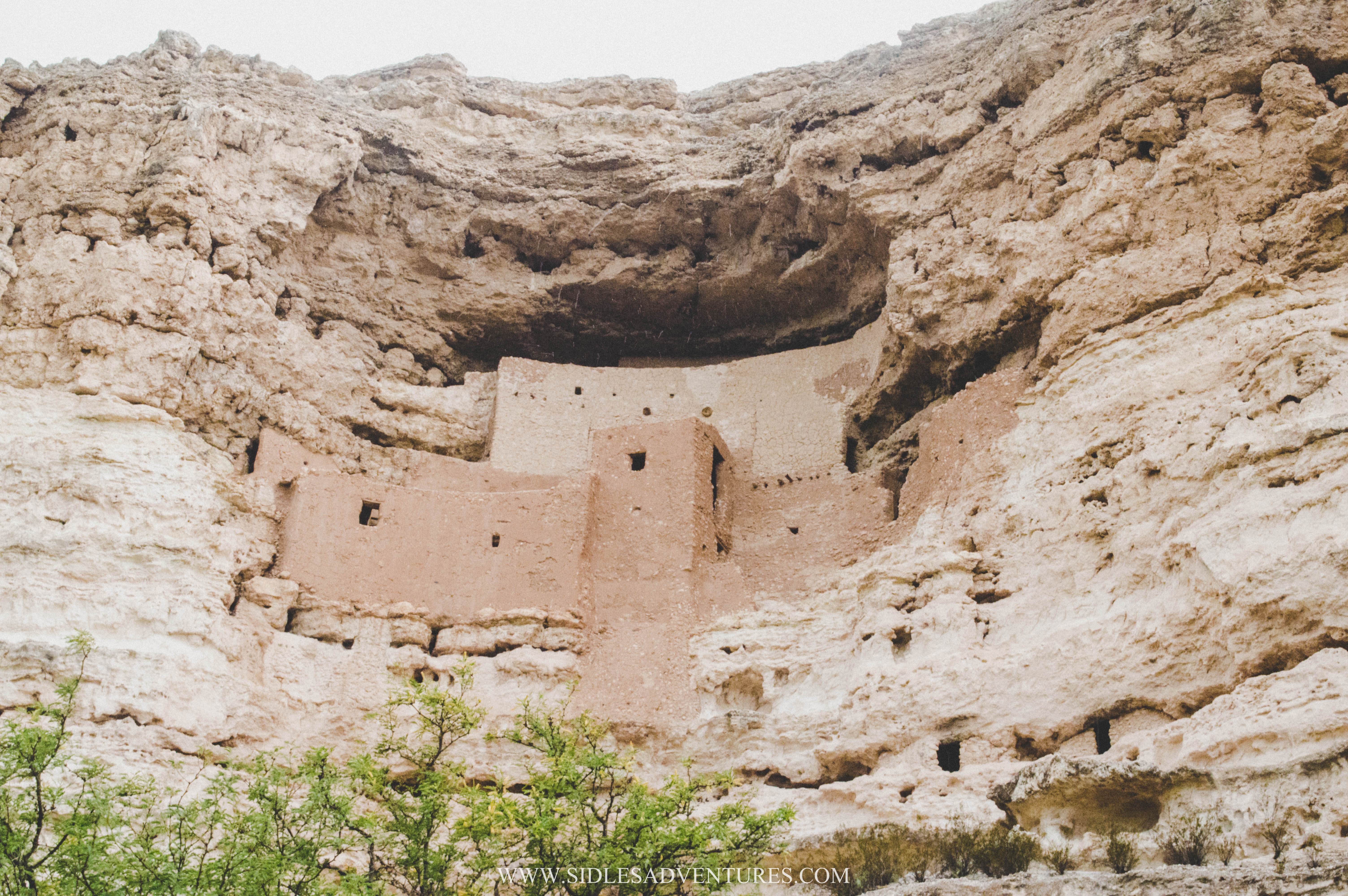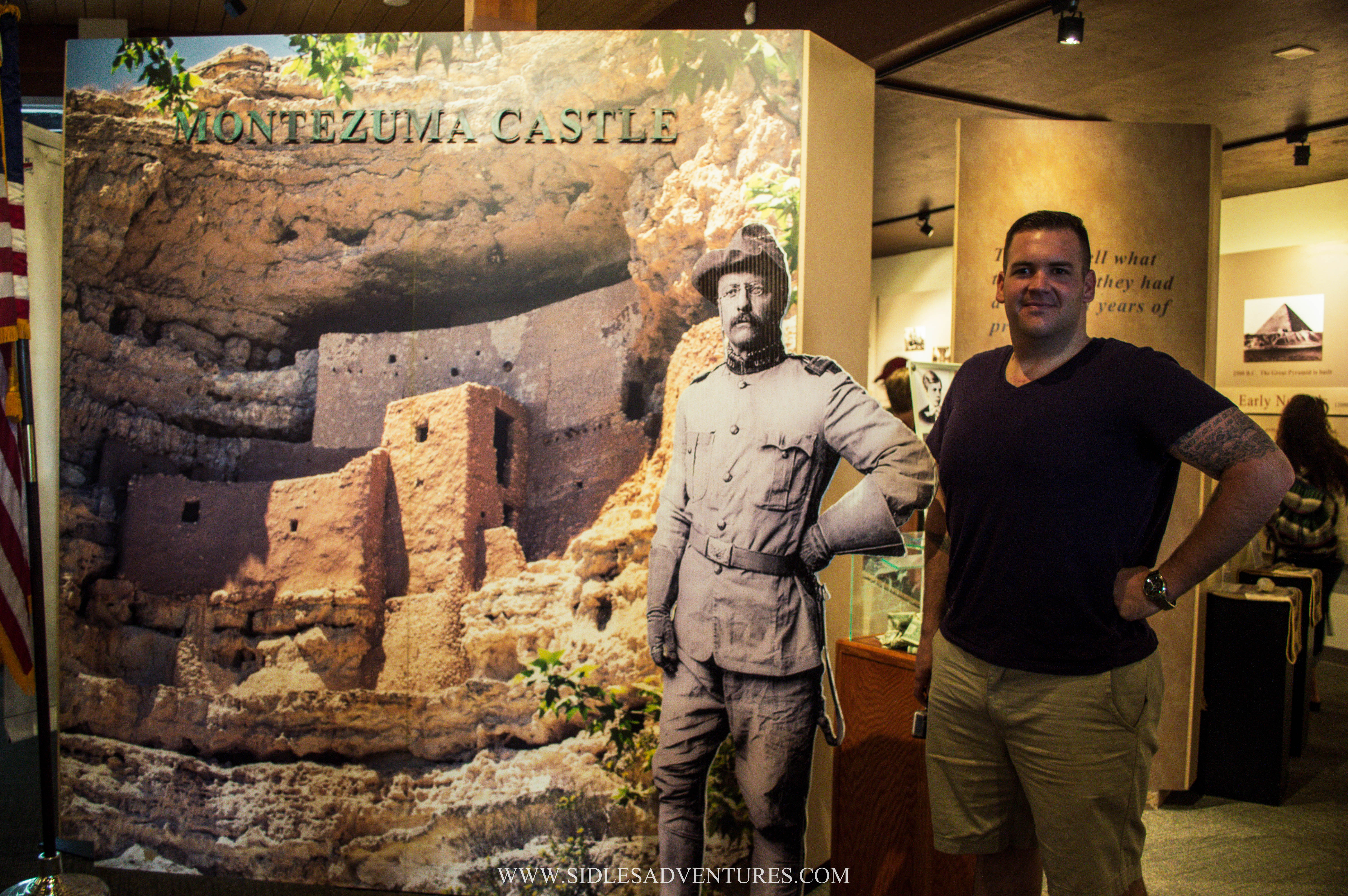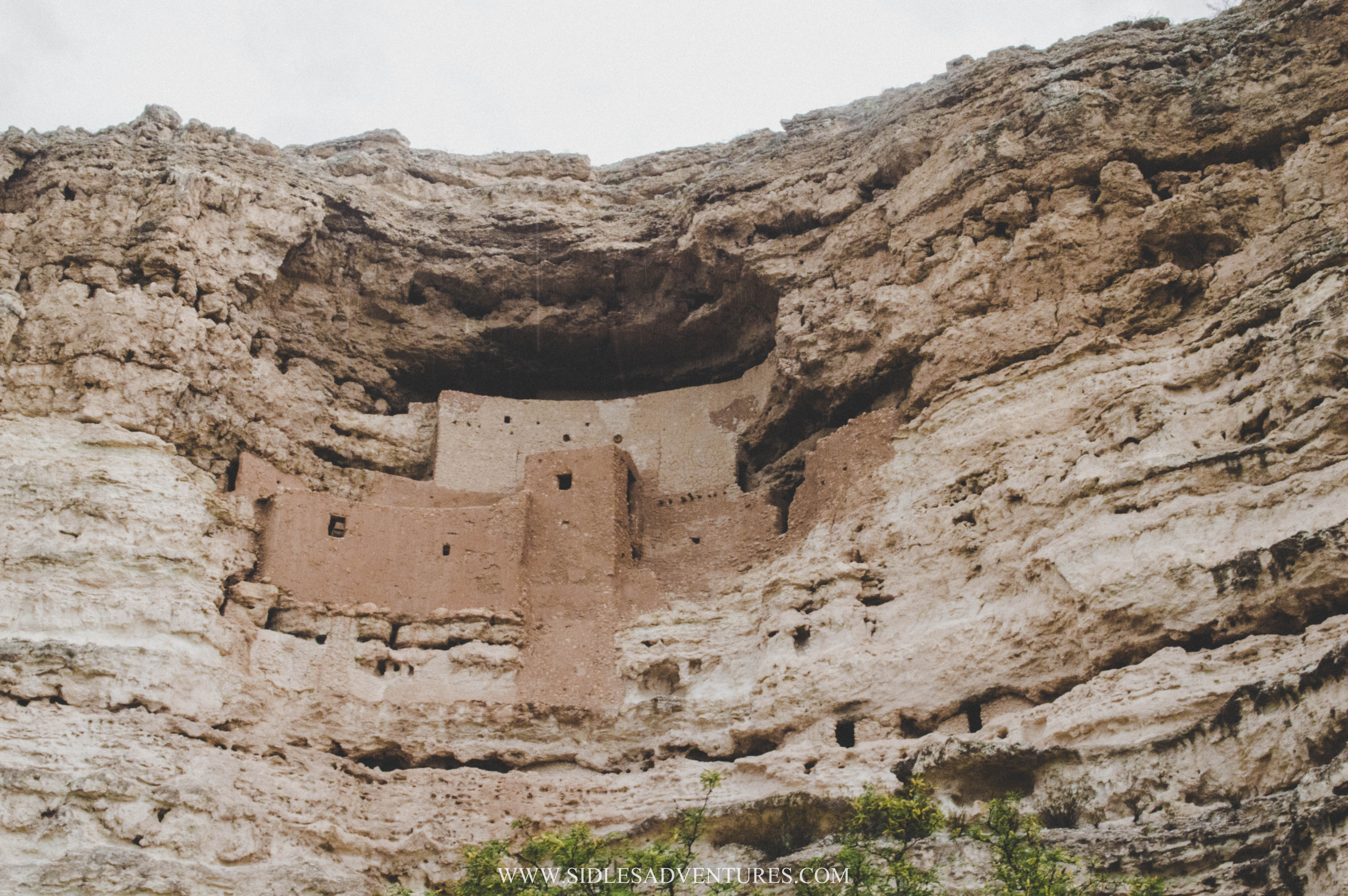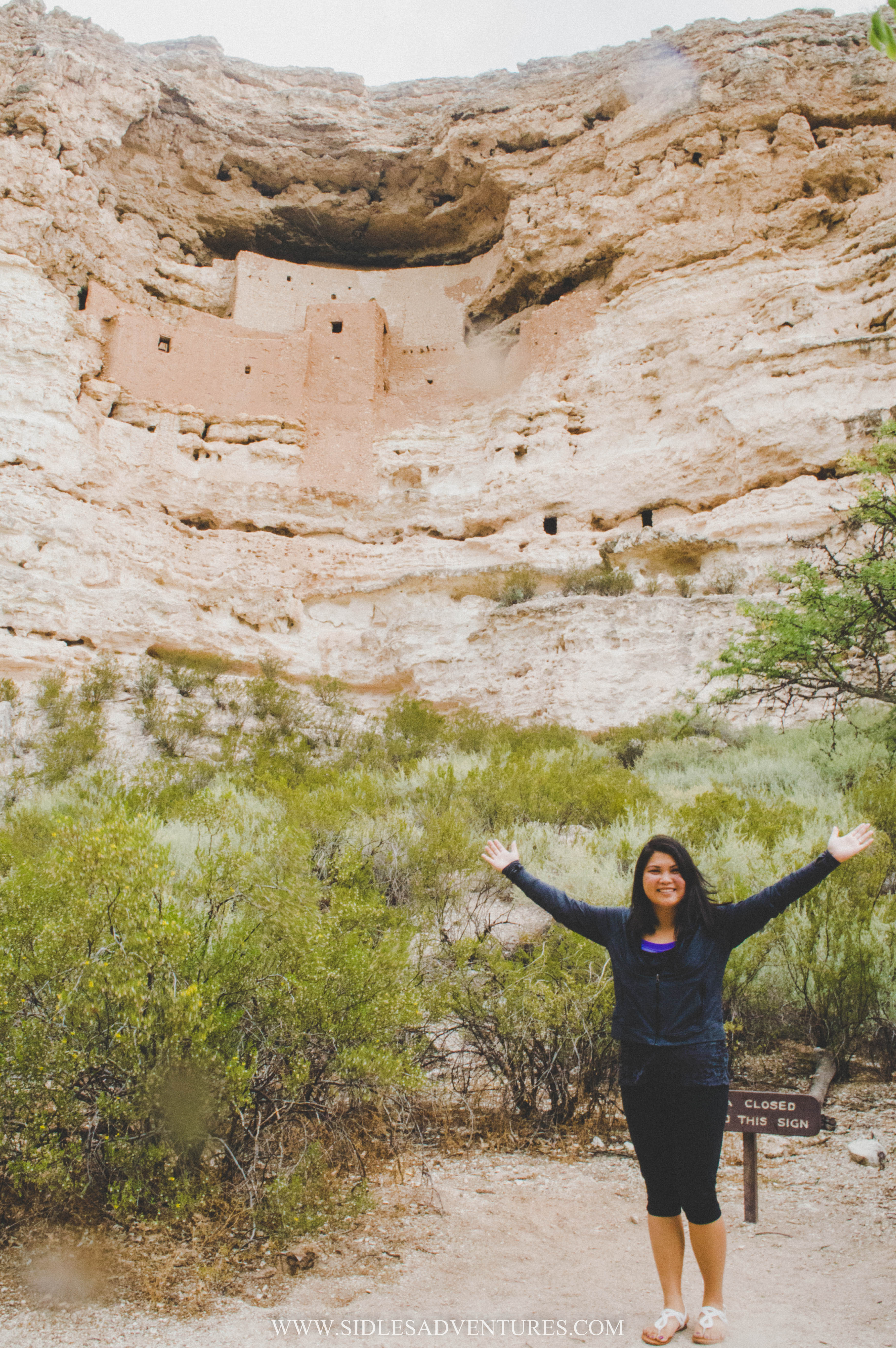I've been meaning to post this for a while, but my wonderful husband Drew was thoughtful enough to guest post again! This time he talks about another state park he explored while in Arizona.
Kartchner Caverns is a state park in Southern Arizona, United States, featuring a cave with 2.4 miles (3.9 km) of passages. The park is located 9 miles (14 km) south of the town of Benson and west of the north-flowing San Pedro River on the east flank of the Whetstone Mountains.
Long hidden from view, the caverns were discovered in 1974 by local cavers, assisted by a state biologist who helped in its preservation. The cavers found a narrow crack in the bottom of a sinkhole, and followed the source of warm, moist air toward what ended up being more than 2.5 miles (4.0 km) of pristine cave passages.
Hoping to protect the cave from vandalism, they kept the location a secret for fourteen years, deciding that the best way to preserve the cavern — which was near a freeway — was to develop it as a tour cave. After gaining the cooperation of the Kartchner family and working with them for ten years, together they decided that the best way to achieve the goal of protection through development as a tour cave was to approach Arizona State Parks. In 1985, The Nature Conservancy acquired an option to purchase the land. The discovery of the cave was finally made public in 1988 when the landowners sold the area to the state for development as a park and show cavern. Prior to its grand opening in 1999, the state spent $28 million on a high-tech system of air-lock doors, misting machines and other equipment designed to preserve the cave. Careful and technical cave state park development and maintenance are designed to preserve the natural cave system.
The caverns are carved out of limestone and filled with spectacular speleothems which have been growing for 50,000 years or longer, and are still growing. The two major features of the caverns currently available to the public are the Throne Room and the Big Room. The Throne Room contains one of the world's longest (21 ft 2 in (6.45 m)) soda straw stalactites and a 58-foot (18 m) high column called Kubla Khan, after the poem. The Big Room contains the world's most extensive formation of brushite moonmilk; it is closed during the summer for several months (April 15 to October 15) each year because it is a nursery roost for cave bats
Other features publicly accessible within the caverns include Mud Flats, Rotunda Room, Strawberry Room, and Cul-de-sac Passage. Approximately 60% of the cave system is not regularly explored.
The cave is very cool! It is advertised as being rated the most impressive cave in the United States. They are HUGE and a very impressive sight, and the State Park has added nice pathways to it is very easy to walk on, there are no stairs (that I can remember), and there is decent lighting.
I heard about Kartchner Caverns from a friend who is originally from the Tucson area. She says that Kartchner Caverns is her favorite sight to see in Arizona. I can easy see why she says so. As soon as you walk in, you are in awe. You can see the original footprints in the deep mud at the bottom of the cave where the cavers who discovered the cave first entered.
The tour takes you from room to room showing the development of the cave and the guide gives you interesting facts and points out different highlights of the cave. One very cool thing about this cave is the “cave bacon”. Cave bacon is a rock formation officially known as layered flowerstone. The effect is created by the deposition of water-borne minerals traveling over and over on the same route. I have been to a few caves, and this was the first time I saw cave bacon. It really does look like bacon! Haha
The highlight of the tour is most definitely the “Throne Room”. In fact, the tour ends with a light show where various spotlights highlight the main attractions of Throne Room. The main attraction of the Throne Room is the Kubla Khan, and it is actually much, MUCH larger than it looks! It’s actually over 50 feet tall! It’s actually very cool.
Fun fact: the cavers who discovered the cave named almost all of the different sights within the cave.
The cave cannot be explored on your own. The only way to experience the cave is to purchase a ticket for the guided tour. Unfortunately, this option has a couple down sides; 1) tickets as $22.50 for adults, and 2) the tickets sell out quick! My friend told me it is best to get there first thing in the morning, because most of the time, tickets for all the tours sell out by 10:00 am.
If you arrive early and have to wait a few hours for a tour, don’t worry. There is more to do in the Park. There is a museum in the Visitor Center. The park also includes hiking trails above the caverns for public use. The longest trail, the Guindani Trail, is 4.2 miles, while the shorter trail, the Foothills Loop Trail, measures 2.5 miles. Be aware that there is a $2.50 per vehicle fee to enter the park.
Hours: Monday – Sunday 8:00am – 5:00pm
Address: 2980 AZ-90, Benson, AZ 85602





